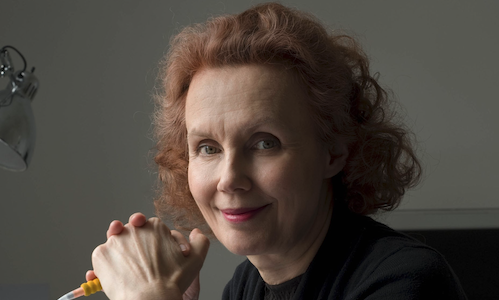Notes on Light
Item
-
Score title
-
Notes on Light
-
Composer
-
Kaija Saariaho
-
Program note
-
Writing about a new work before its first performance is always scary even if there is no composer whose music is closer to me than Kaija. I know from experience that only after playing a new piece several times can I put into words my real feelings about it. I will attempt here to describe what I see and hear now, while preparing the piece for the first performance.
At first sight Notes on Light with its five movements doesn't quite resemble the average Cello Concerto. However, with a closer look I soon found the elements that I like to think make a great concerto: -The relation of soloist and orchestra goes through many very different situations. -The cello is given the chance to show its full versatility. -When the soloist has important things to say, the orchestra gives it space and on the other hand the orchestra also gets its moments to lift the music up into exuberant colours.
The Soloist is not just the hero of Notes on Light, he/she also has to stand up for his rights, fight, lead, collaborate with and sometimes submit to the orchestra. All these make Notes on Light a rich voyage that could well lead us into the very heart of light.
I see two intervals of a semitone as important mottos of the piece: The first is a slide down from f sharp to f natural which starts the piece and to which one returns from different paths along the Concerto. The second is a rising figure of c sharp to d natural, which often interrupts the action and stops the soloist. These two motives seem to be even stronger landmarks than any melodic element. In the last movement the single note of f sharp proves to be the centre of the whole work.
Through the voice of the cello the first movement introduces the secret world of the piece, translucently coloured by the orchestra in small ensembles. The second movement opposes the soloist and the orchestra in a fiery dialogue. The music is energetic and obsessive, the soloist refusing to speak at the same time with the orchestra. The third movement finally awakens both into building together large, colourful gestures.
In the fourth movement the orchestra eclipses the soloist with dark waves of sound. The Soloist offers his c sharp-d motive twice, in vain. He finally shakes the shadows away with the third try that leads us directly to the fifth movement and the two embark on a voyage towards light. Finally F sharp is the note that becomes the heart of light, lifting the cello in the end high up to the spheres of absolute brightness... or total darkness.
On the last page of the score Saariaho has included a quote from T.S. Elliot's poem The Waste Land:
"...I could not
Speak, and my eyes failed, I was neither
Living nor dead, and I knew nothing,
Looking into the heart of light, the silence."
Anssi Karttunen, January 11th 2007, Paris
 Kaija Saariaho
Kaija Saariaho
